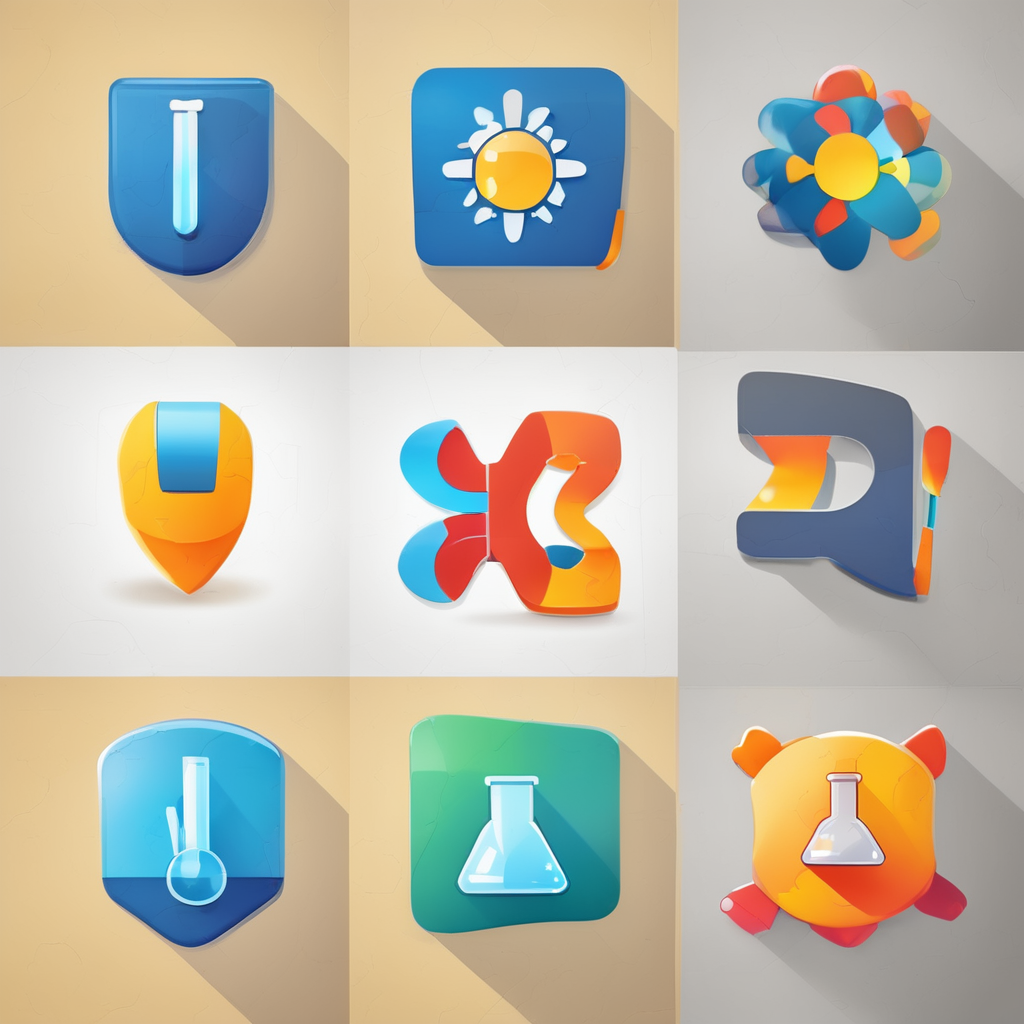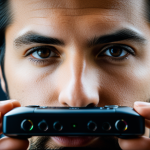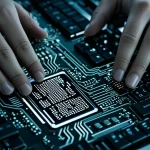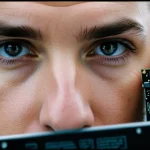Defining Smart Devices and Their Role in Modern Life
Smart devices refer to electronic gadgets equipped with advanced technologies like sensors, connectivity, and software that allow them to collect, process, and exchange data. Typically, these devices leverage Wi-Fi, Bluetooth, or cellular networks to communicate with other devices or cloud services, enabling automation and intelligent responses.
Common categories include smartphones, smartwatches, smart speakers, and home automation systems. For instance, smart thermostats adjust room temperatures based on user habits, while smart refrigerators monitor food inventory and suggest shopping lists. These examples showcase how smart devices have integrated seamlessly into daily routines, from managing schedules to controlling home environments.
Topic to read : What role do UK smartphones play in digital transformation?
In everyday life, the definition of smart devices extends to applications spanning entertainment, health monitoring, and workplace efficiency. Smartphones serve as communication hubs, fitness trackers guide wellness goals, and smart security systems enhance home safety. Their ability to operate autonomously and interact with other devices fundamentally reshapes how tasks are performed, making technology an unobtrusive yet essential part of modern living.
Enhancing Convenience and Efficiency in Daily Tasks
Smart devices significantly boost convenience by automating routine household activities. For example, smart lights adjust brightness and color based on time of day or occupancy, saving users the hassle of manual control. Similarly, smart appliances like ovens or washing machines can be scheduled remotely, allowing tasks to run unattended, enhancing daily productivity.
Topic to read : How Do Smartphones Enhance Productivity in Modern Computing?
Automation not only saves time but also reduces energy consumption, contributing to eco-friendly living. Smart home devices communicate through wireless networks, creating an interconnected system that anticipates user needs. This level of integration streamlines tasks such as adjusting thermostats or watering plants, freeing users to focus on more important activities.
In everyday life, these time-saving features help individuals manage busy schedules more effectively. For instance, smart assistants can create reminders, control entertainment systems, or manage shopping lists, demonstrating how technology improves productivity. By reducing manual inputs and repetitive chores, smart devices transform homes into responsive environments that drive efficiency and comfort.
Impact on Health and Well-being
Smart devices have become pivotal in monitoring and enhancing health and well-being. Fitness trackers, a popular category, measure vital signs such as heart rate, sleep quality, and activity levels, providing real-time feedback that encourages healthier habits. By continuously collecting data, these devices enable users to understand their fitness progress and make informed adjustments.
Beyond fitness, smart medical devices assist in managing chronic conditions. Examples include glucose monitors for diabetics and wearable ECG sensors detecting irregular heart rhythms. These technologies facilitate early detection and timely intervention, reducing hospital visits and improving patient outcomes. Additionally, smart devices support mental health by delivering personalized reminders, mindfulness exercises, and stress monitoring, helping users maintain emotional balance.
Experts note that integrating these technologies into everyday life promotes proactive health management, shifting focus from reactive treatment to prevention. The convenience of having health insights available at a glance boosts user engagement and adherence to wellness routines. Overall, smart devices blend technology and healthcare, empowering individuals to take control of their health seamlessly and effectively.
Improving Connectivity and Social Interaction
Smart devices transform how people maintain connectivity and engage in social interaction. Central to this is the Internet of Things (IoT), which links multiple devices, creating ecosystems that facilitate seamless communication among users. For example, smart communication tools like video-enabled assistants and wearable devices enable real-time conversations regardless of distance, enhancing relationship maintenance in everyday life.
How do smart devices enhance social interaction specifically? They offer platforms that support group chats, voice calls, and multimedia sharing, all integrated into the smart home or mobile environments. This real-time connectivity allows users to stay socially active without being physically present, fostering a stronger sense of community.
Furthermore, IoT ecosystems enable collaborative work and social networking by connecting smartphones, tablets, and smart speakers, illustrating how smart devices integrate social functions into routine technology use. These advancements have altered social habits, promoting more dynamic, flexible interaction patterns.
In summary, smart devices not only enhance convenience but also boost social connectivity, blending technology and communication naturally. Their role in shaping modern social behavior highlights their growing importance beyond mere functionality.
Security, Privacy, and Ethical Considerations
Smart devices bring notable advances in security through technologies like smart locks and surveillance cameras, which enhance home protection by enabling remote monitoring and instant alerts. These systems automatically detect unusual activity, improving safety in everyday life.
However, the extensive data collection by smart devices raises significant privacy concerns. Personal information, including location and usage patterns, is often transmitted and stored, potentially vulnerable to breaches or unauthorized access. Users must be aware of these risks and adopt cautious practices, such as strong passwords and regular software updates.
Ethical issues also emerge regarding how data is used and shared. For instance, companies may analyze user behavior to influence decisions or target advertising, sometimes without explicit consent. This underlines the importance of transparent data policies and respecting user autonomy.
Industry standards and regulations are evolving to address these challenges, promoting secure design and responsible data handling. Users play a pivotal role, too, in maintaining security by understanding device permissions and privacy settings.
Balancing innovation with responsible use ensures smart devices remain beneficial while minimizing risks associated with security, privacy, and ethics in our technologically connected lives.
Current Trends and Future Implications of Smart Devices
Smart devices are rapidly evolving, driven by advances in AI integration and data analytics. Artificial intelligence enables these devices to learn user preferences, improve automation, and predict needs before commands are given. For example, AI-powered assistants now anticipate daily routines, enhancing convenience and responsiveness in everyday life.
Emerging trends include the expansion of predictive analytics, where smart devices analyze patterns to optimize energy use, health monitoring, or security. This level of proactive technology marks a shift from reactive to anticipatory smart environments, deepening the integration of technology into daily living.
Another important trend is enhanced interoperability among devices. As ecosystems become more unified, smart devices across categories—such as wearables, home appliances, and communication tools—work collaboratively, offering seamless user experiences. The rise of edge computing also allows processing data locally, reducing latency and increasing privacy.
Looking ahead, these trends suggest smart devices will increasingly influence lifestyle choices, work efficiency, and health management. Users can expect more personalized, context-aware technology that adapts fluidly to their needs, supporting greater autonomy and improved quality of life. Continued innovation promises smart devices to remain pivotal in shaping the future of technology use.






